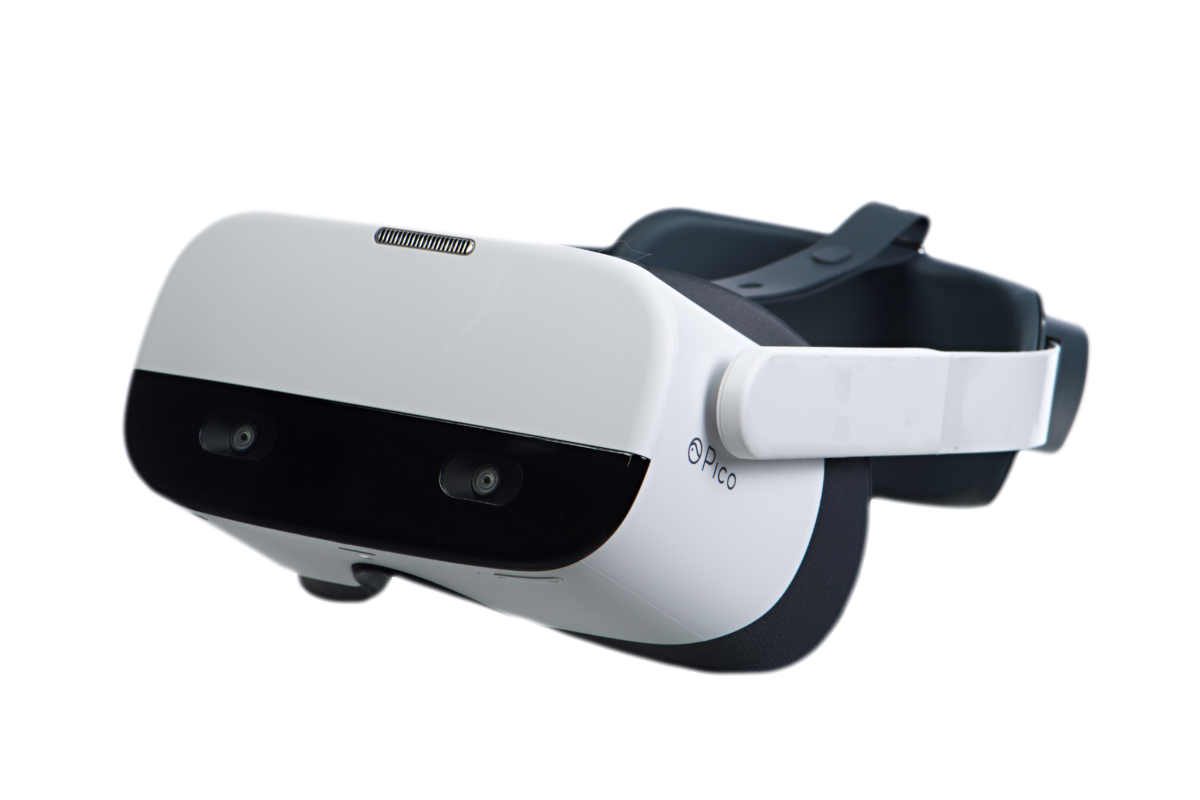Virtual reality (VR) and augmented reality (AR) have taken the tech world by storm. Once only a fantasy, virtual reality has become increasingly common in the world of gaming, real estate, education, travel, and, in our case, training.
Smartphones, tablets and mobile operating systems are increasingly reviewed and judged, in part, by their support for VR. As a result, companies large and small are looking for ways to expand their offerings into the realm of VR.
But to properly take advantage of this new technology, and successfully implement it, it’s important to focus on the basics involved in making quality VR content, something we pride ourselves on.
Create Interactivity
All too often, companies making their first foray into VR fall into the trap of thinking that merely making something 3D makes for a compelling experience. Nothing could be further from the truth!
VR customers don’t spend hundreds, if not thousands, of dollars in the best equipment just to see a virtual reality experience—they want to truly experience it. That means they want a fully immersive and interactive experience they can explore and engage with. They want to walk around items, pick them up and truly be immersed in that reality.
Visuals can get you closer to that immersion, but to really experience full immersion, it takes a good story.
Quality Storytelling
When VR is used in training, one of the most important keys to success is quality storytelling. Using virtual reality just for the sake of using it is a sure way to waste the technology’s potential.
Often, this requires a completely different way of thinking and approaching serious-game content. Because VR encourages more interaction, scenes must be written and constructed more dynamically, understanding that every object is part of the story rather than just a piece of background decoration.
Writing for Entrepreneur, Jesse Damiani, CEO of Galatea, emphasizes the proper use of space to tell a story and create the right atmosphere, where even the smallest detail can help set the tone.
One of the most important lessons Mr. Damiani highlights, is the mechanism with which to keep the story moving forward. Traditional games and entertainment experiences often involve directing the user as they make their way through the story. “Instead”, Mr. Damiani says, “‘guiding cues’ and ‘points of interest’ can be used to invite participation.”
Communication
Another key to creating great VR content is the social element. Although virtual reality communication—or social VR—is still in its infancy, it represents the next stage in the evolution of the technology.
Nothing helps complete the feeling of complete immersion in a virtual world as much as being able to communicate with other individuals who are also in that same reality.
But not every Virtual Reality Training company can actually deliver on that communication. PIXO VR was one of the very first to introduce Multi-User Functionality into our experiences, something that enables users to both collaborate and even compete with one another while engaging in a training simulation.
This concept of social VR is increasingly finding its way into communication and meeting software, video games, and as we mentioned, training applications.
As the technology improves, however, the sky’s the limit in terms of the type of communication and collaboration that will be possible. Companies that effectively adopt this technology sooner, rather than later, will have a leg up on quality VR content.
Deliver the Impossible
One of the greatest attractions to VR is the ability to do something that otherwise wouldn’t be possible. Want to visit Antarctica? Want to explore the interior of the Great Pyramid of Giza? Want to explore space and pilot your own starship?
While some of those might be technically possible, they may be impossible for the majority of people, due to opportunity, cost, fear or any number of other factors. This is critical: quality VR content empowers teams to to do the impossible, things that are simply too difficult, dangerous, or expensive to do “in real life”.
For the consumer market, that may mean climbing Mt. Everest, but in the case of the enterprise VR Training audience, the impossible may mean practicing for a natural gas leak that’s about to ignite, handling a HAZMAT spill, or falling 30 stories from a building because a worker incorrectly chose faulty fall protection gear.
Immersion
When taken together, the above factors—interactivity, quality storytelling, communication and delivering the impossible—add up to one thing: total immersion.
To deliver quality VR content that benefits users, VR software companies must create truly immersive experiences. VR done right isn’t just a gadget; a quick way to spruce up boring content. Instead, VR represents a new way for customers to interact with the world around them or experience all-new environments and universes.
Just as radio, television, motion pictures, and video games all presented new challenges and offered new opportunities, VR’s possibilities are only just beginning to be fully understood.
The technology is evolving and improving rapidly, and in the coming years, VR will play an ever-increasing role in everyday life, both work and play. In the meantime, companies that focus on delivering high-quality content will find themselves well-positioned for that future.

PIXO Has Improved VR Management to One Easy Step

